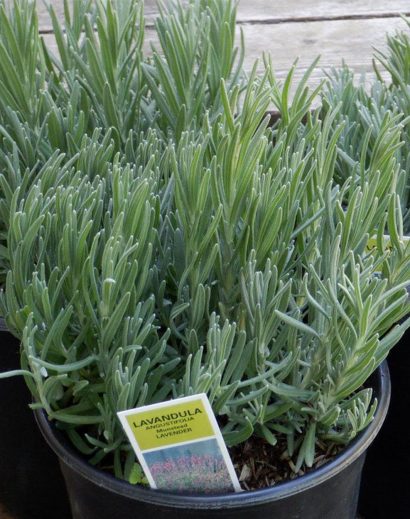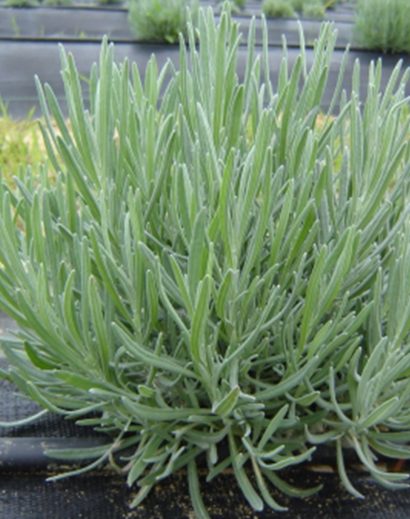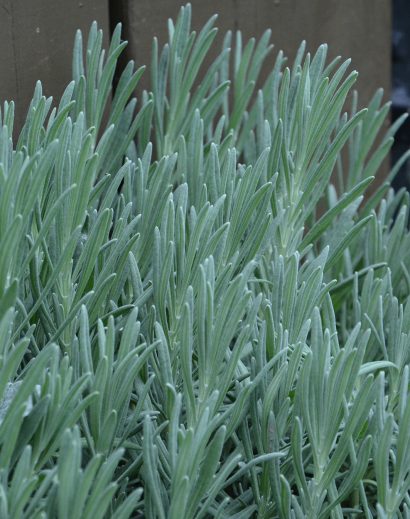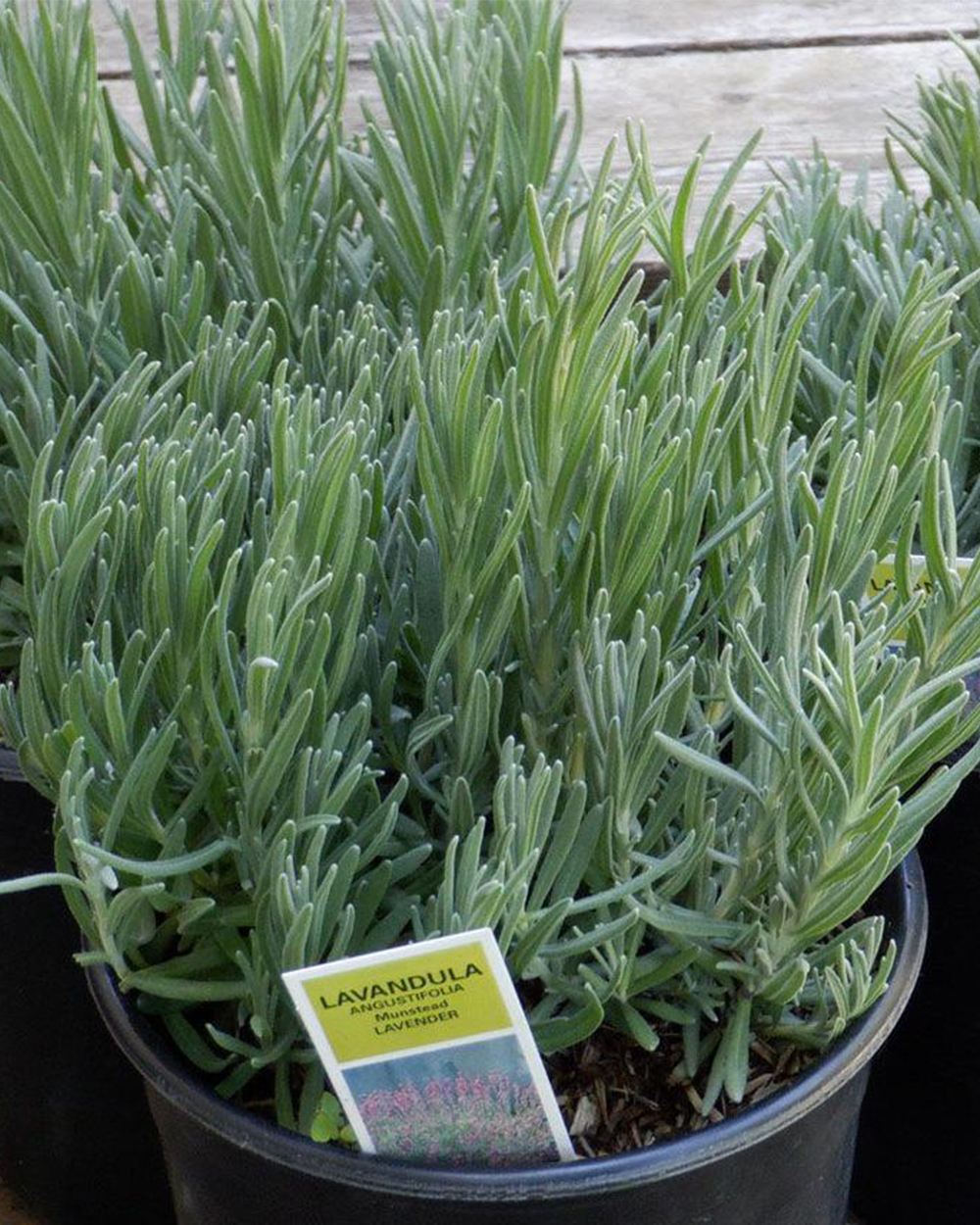English lavender (Lavandula angustifolia) is typically known for its narrow, gray-green leaves, rather than being described as “leafy.” The leaves of English lavender are usually linear or lance-shaped, and they are covered with fine, silvery-gray hairs. These leaves are an integral part of the plant’s aromatic and ornamental appeal.
Here are some key characteristics of the leaves of English lavender:
- Leaf Shape: The leaves of English lavender are long and slender, often referred to as “needle-like” or “linear.” They are typically 1 to 2 inches (2.5 to 5 cm) in length and about 1/8 inch (0.3 cm) wide.
- Color: The leaves are grayish-green in color, and the grayish hue is due to the fine hairs covering the leaf surfaces. These hairs give the leaves a silvery appearance.
- Texture: The leaves have a slightly rough texture due to the tiny hairs. When you rub the leaves between your fingers, they release the plant’s characteristic lavender fragrance.
- Arrangement: English lavender leaves are arranged in an opposite manner on the stem, meaning that they appear in pairs on opposite sides of the stem.
- Aroma: The leaves contain the essential oils responsible for the lavender’s aromatic properties. When crushed or brushed against, the leaves release a pleasant, sweet, and herbal fragrance.
- Medicinal and Culinary Uses: English lavender leaves are used in various culinary and medicinal applications. They can be used to infuse flavor into dishes, teas, or herbal remedies. Additionally, the leaves are often dried and used in potpourri, sachets, and other aromatic products.
While English lavender is primarily grown for its fragrant and colorful flowers, its leaves are also a valuable part of the plant, contributing to its overall beauty and usefulness. The leaves play a role in the production of lavender essential oil and are used in many creative and practical ways, from cooking to crafting.





Reviews
There are no reviews yet.